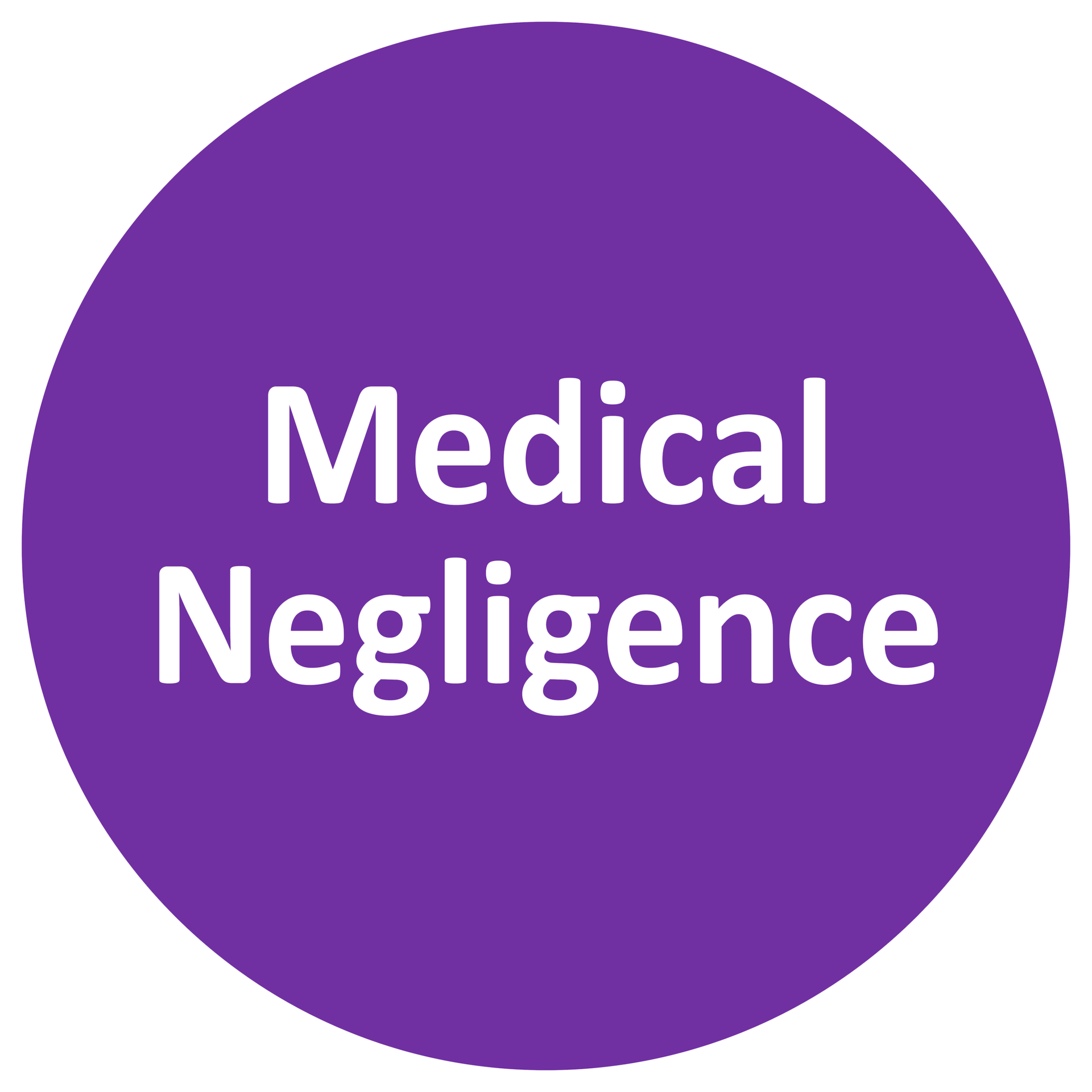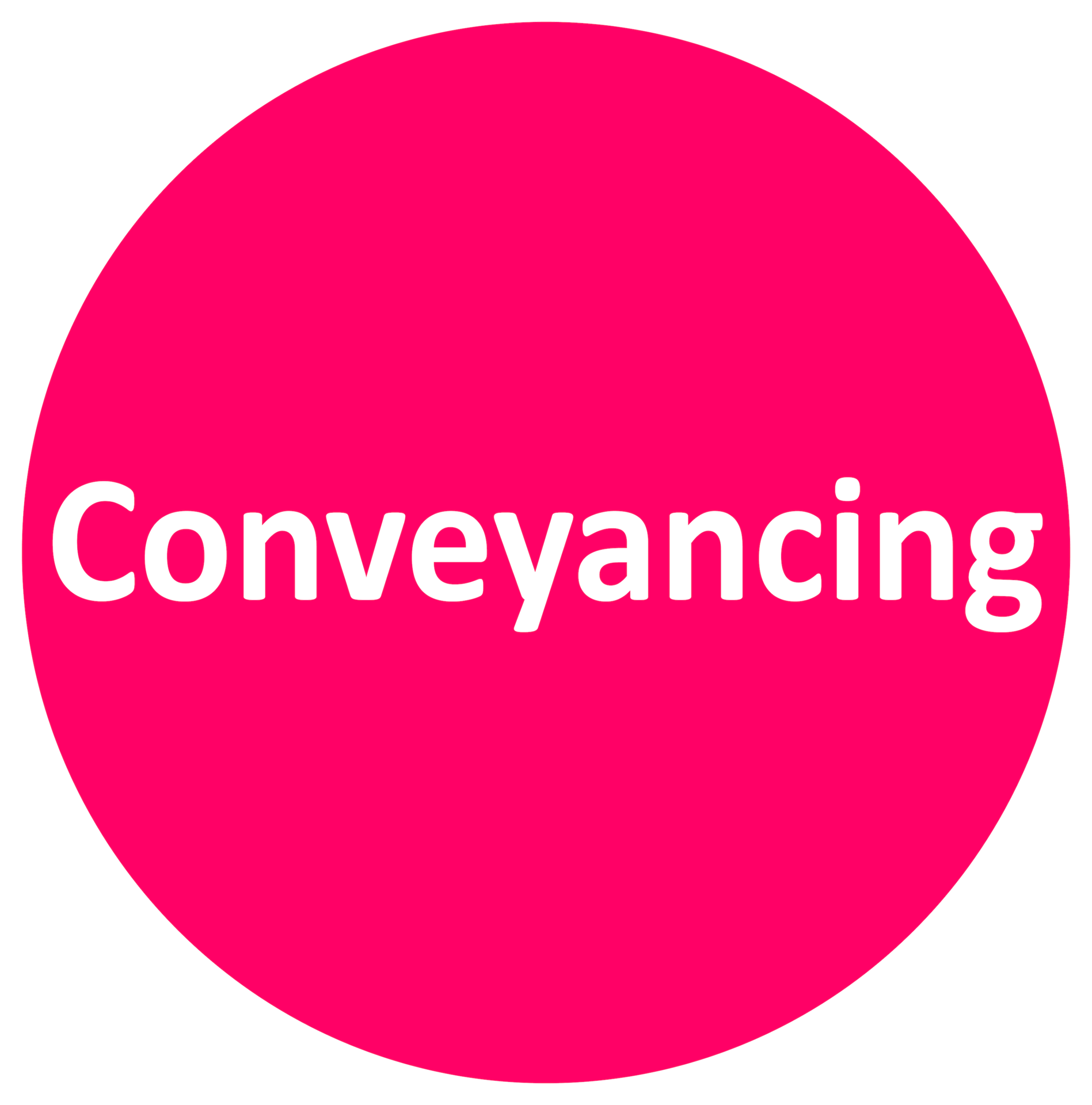How To Fix Incorrect Inheritance Tax Accounts
Posted on 23rd July 2020
When you are appointed as the Executor of an Estate or you are the person responsible for dealing with it under the Rules of Intestacy, you will normally be responsible for making an application for Probate, which means that you will need to submit at least one Inheritance Tax Form.
These forms can be tricky to navigate, especially when you have not had any experience with these before, or when the Estate is more complex than just one bank account. Therefore, before our Probate Solicitors in Preston go any further, we would suggest that you always seek legal advice from a professional Wills, Trusts, Tax and Probate Solicitor before submitting any forms to HM Revenue and Customs.
Once you have submitted the forms to HM Revenue and Customs for Inheritance Tax, or you have sent these off to the Probate Registry if you only need to complete an IHT205 form, what happens if it comes to your attention that you made a mistake on the form? Our Probate Solicitors in Preston explain what this could mean.
Fixed-fee Wills and Probate Solicitors:
MG Legal's leading Wills and Probate Solicitors in Preston offer all of our private client services on a clear, fixed-fee rate.
Our team put your first, and work with care to ensure that your wishes are met. Call us today on a free, no-obligation basis at: 01772 783314

Get in touch today to speak to a Wills and Probate Solicitor.
As the Personal Representative of an Estate, so either the Executor or the Administrator, it is your responsibility to ensure that you submit the correct Probate Forms. Whether these are simply a Probate Application form, commonly the PA1A – if the person who died did not leave a Will - or PA1P – if the person who died did leave a Will – and an Inheritance Tax Form, known as the IHT205, or a more complex set of Inheritance Tax Accounts and a Probate Application form, you must try and provide information on these that is as accurate as possible. If you have made an application for Probate before, you will note that you will have either sworn an oath, signed a Statement of Truth or, since earlier this year, signed a legal statement.
The legal statement’s wording is as follows on Form PA1P:
The undersigned confirms:
- That the last will and any codicils referred to in this application is the last will and testament of the person who has died
- To collect the whole estate
- To keep full details (an inventory) of the estate
- To keep a full account of how the estate has been distributed
If HMCTS Probate (Court) asks the undersigned they will:
- Provide the full details of the estate and how it has been distributed
- Return the grant of representation to the court
And understand that:
- The application will be rejected if the information is not provided (if asked)
- Criminal proceedings for fraud may be brought against the undersigned if it is found that the evidence provided is deliberately untruthful or dishonest
The undersigned confirm to administer the estate of the person who has died in accordance to law, and that the application is truthful.
It all seems pretty standard, until you get to the final two sentences. This is when, if you have made a mistake, generally you will need to notify the Probate Registry and/or HM Revenue and Customs. Otherwise, they may decide that you have been deliberately untruthful or dishonest.
What changes do I need to make HM Revenue and Customs aware of?
If the Estate has paid, or is liable to pay, more or less Inheritance Tax, Capital Transfer Tax or Estate Duty that HM Revenue and Customs has been told that it should pay, you can use Form C4 to notify them.
The forms require details about the deceased, such as their name, date of death, the phone number, name and address of the person dealing with the Estate and the Inheritance Tax reference. If you have instructed Probate Solicitors in Preston or your local Probate Solicitors to deal with the Estate, they would insert their details in this section.
Next, the form requires information about the increase in value of any assets, or the decrease in liabilities, exemptions available to the Estate or reliefs. These things would all normally mean that there may be more Inheritance Tax payable. The next page of the form asks for information about decreases in value of any assets or an increase in any liabilities, exemptions and reliefs. These could decrease the amount of Inheritance Tax payable.
If you are completing the form yourself, without the assistance of an expert Wills, Trusts, Tax and Probate Solicitor, you can leave the boxes for the ‘Tax now due’, ‘Tax previously paid’ and ‘Tax payable/repayable as a result of amendment’ blank and HM Revenue and Customs will calculate these amounts for you.
Like with the Probate Application form, you will again be asked to sign a declaration, which confirms that you understand that by providing false information, you are opening yourself up to penalties or prosecution.
HM Revenue and Customs state on the form that if you are trying to tell them about changes to a transferable nil-rate band, you should instead write to them, detailing the changes. They will then contact you and advise you on what else you need to do.
Why choose MG Legal:

Transparent fees.

We are the experts.

Multiple Office Locations.

Give us a call at any time.
What risks are there when completing the Inheritance Tax forms?
Generally, for those people who are completing the Inheritance Tax forms without the assistance of Wills, Trusts, Tax and Probate Solicitors, the biggest risk could be that they may not be aware that the Inheritance Tax accounts do not simply look at what a person owned when they died. In fact, the forms can take into account things that have happened during a person’s lifetime. For example, gifts that they have made, trusts that they benefitted from or property that they benefitted from.
If you are finding it difficult to know what information to provide, HM Revenue and Customs have provided a helpful checklist of things to consider, as well as an explanation of certain forms and exemptions. You can find this on gov.uk, here.
How is Inheritance Tax regulated?
The Inheritance Tax Act 1984 sets our clear rules on the liability for Inheritance Tax and the accountability of a certain person. For example, any Inheritance Tax will usually be paid out of an Estate. Those who are accountable for the tax will usually be the Personal Representatives. Those who are liable for the tax could be the Estate, or if they have already received a gift, the beneficiaries. You can read more about gifts and how these affect Inheritance Tax in our Probate Solicitors in Preston’s article, here.
For more information about the regulation of Inheritance Tax, who is liable and who is accountable, visit gov.uk.
Get Legal help
As you can see, Inheritance Tax forms and payment can be a confusing field to navigate and that is why, normally, you should seek legal advice before completing any of the forms or submitting the accounts to HM Revenue and Customs or the Probate Registry.
You can contact our expert team of Probate Solicitors in Preston online, here, or by email to wills@mglegal.co.uk. Alternatively, contact your local office in Lancaster, Garstang or Longridge to speak to a member of the Wills, Trusts, Tax and Probate Solicitors’ team about your matter.
Expert legal services across England and Wales:
No matter where you are located across England and Wales, MG Legal's expert Wills and Probate solicitors are here to help you to achieve the best possible outcome in your legal matter.

Free Consultation

Nationwide Services

Decades of Experience

No Win No Fee Injury Claims

Multiple Office Locations

Fully-Qualified Solicitors

MG Legal - Your Local Solicitors
Share this post:




